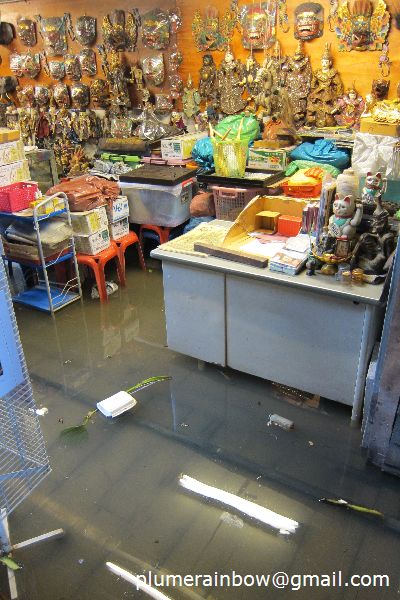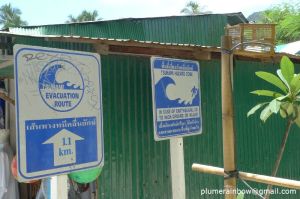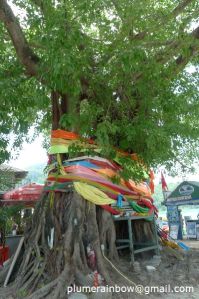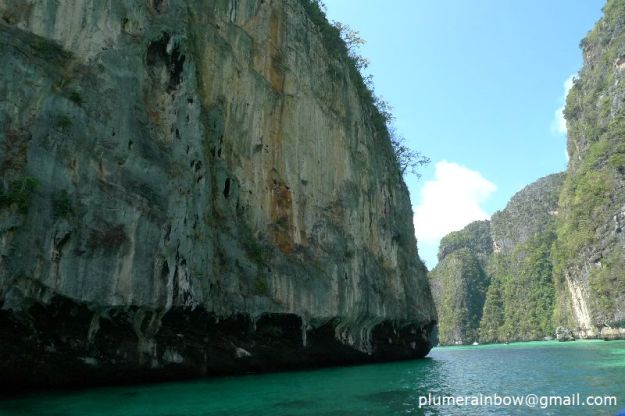6 June 2014. 5pm, Changi. Finally reached the airport. It’s raining. Wolfed down a late lunch while talking to my parents on the phone. I’ve been so busy the past few weeks that I haven’t had the chance to talk to them.
There are many people in the airport. I wonder where people are travelling to.
5.35pm. Flight departs for Bangkok
Maju lah!
7pm. Reached Bangkok Survanabhumi. Got a foot massage and then a boarding pass. Read a novella.
There are just as many people in this airport.
1135pm. Depart for Vienna.
7 June 2014. 550am. Arrived in Vienna. The last time I was here, I was only 20 years old.
So early in the morning! What shall I do? Go to a market!
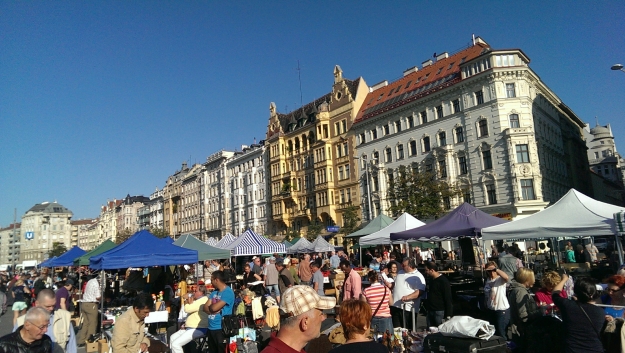
Like most markets in the world, there was a market melee. Red-faced people, loud voices, aggressive hand gestures. For some reason, passerbys thought I understood what the quarrel was. I don’t.
This caught my eye. So much detail.
The zombie of sleep deprivation begins to overwhelm me. Took a walk in the park in the summer sun. I begin to regret buying the two bottles of wine earlier at the market. Or maybe not. If only I have also bought some cheese…
930am. Sat in front of Schoenbrunn Palace, and drinking my second cup of coffee for the day, a melange.
I would love to catch a summer open air concert. Alas, there isn’t one today.
Headed over to the Leopold Museum. Screening was the video And yet there was art! which showcased how Austrian artists such as Egon Schiele, Albert Konig, Albin Eggen-Lienz dealt with their experiences of WWI in their art.
The late 19th century and early 20th century Vienna flourished with intellectuals. The exhibition showcased how these talents in art, literature and music crossed paths.
The jet lag set in. And I was in dire need of a nap. So I went to the park. Zzzzz…
I can’t tell you how much I needed that nap.
4.30pm. At Freud’s former residence on Berggasse 19, where he stayed from the age of 35 to 82 when he left for London following Nazi Germany’s so-called annexation of Austria. He died a year later in London. The building was newly built when Freud first moved in in 1891.
Only parts of the apartment are opened to the public: the waiting room for patients, the consultation room, his study and part of the private quarters.
The waiting room for Freud’s patients also saw the gathering of luminaries that formed his circle of professional network and friends in Vienna. I imagine a room full of cigar smoke and conversations.
If I were to design the living room of my home, rather than a traditional setting of tv in front of sofa, I would have a loose arrangement of a table and assorted chairs. It’s something that I have wanted to do for years: nothing too plush but definitely comfortable. The table (it will probably be a combination of several components, still working out the design in my head) is the centrepiece where people gather around to work on ideas or simply bond over a meal. The room would then, rather than a place for vegetating in front of the tv, live up to its name of a ‘living’ room.
Took the street tram. Walked around a bit more.
Took the speedy train to the airport, thinking I was right on the dot for departure. But to find out that I have been denied boarding for being late. How this could happen when, 1) there was 30 mins before take off and 2) I already had a boarding pass, is bewildering. I am simply too tired to argue and will save the disputes for a later date.
My long detour to London will take even longer now since I will now have to spend the night in Vienna.
Ps. 48 hours later, I am now in London.

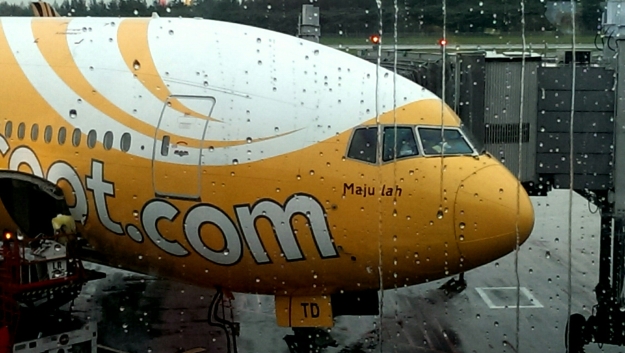
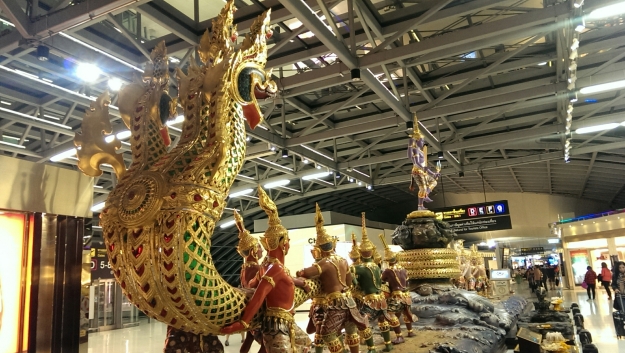
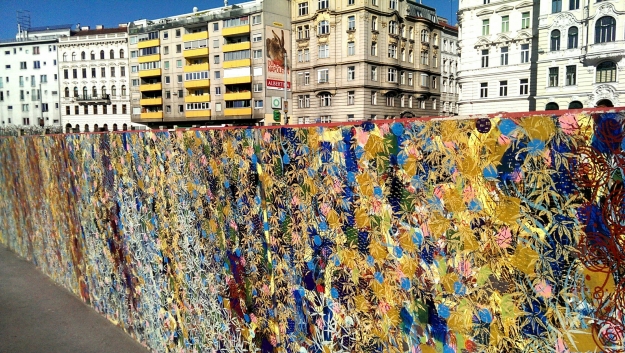
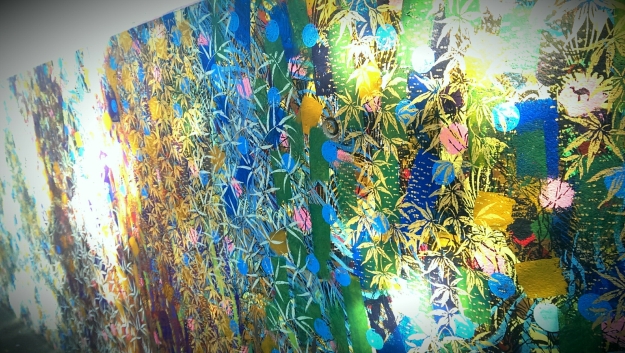
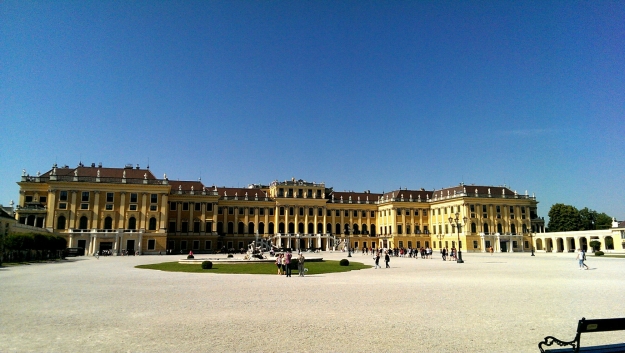
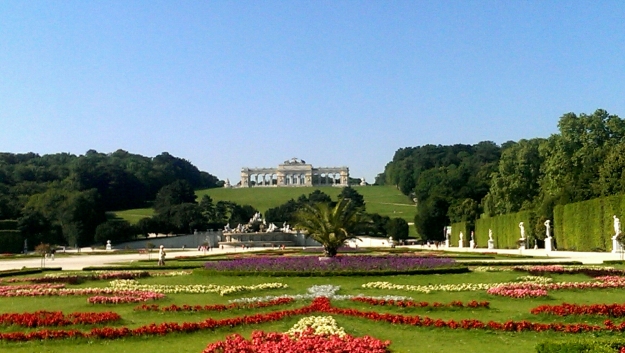
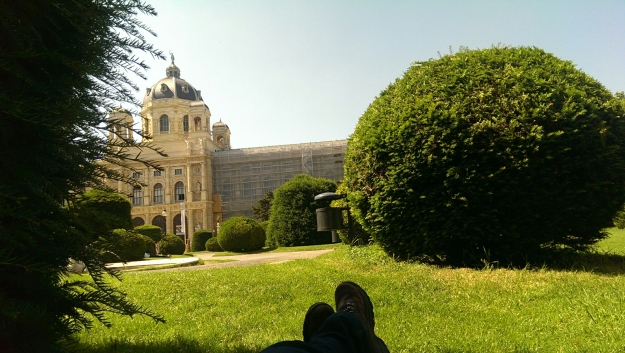
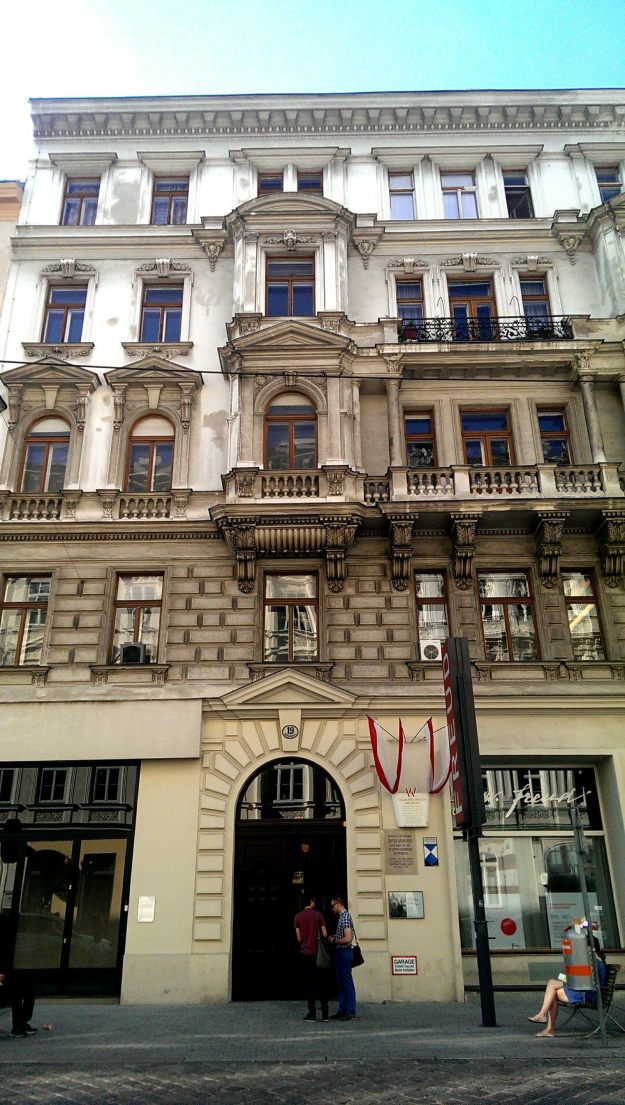
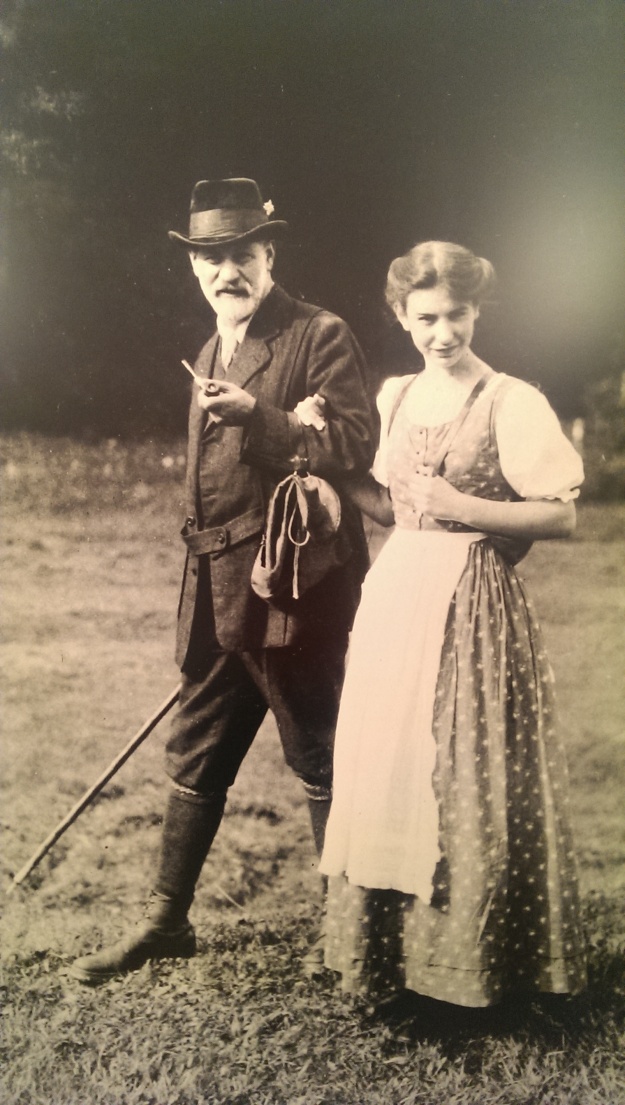
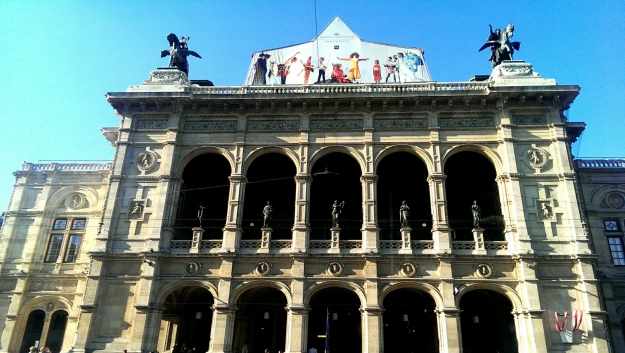
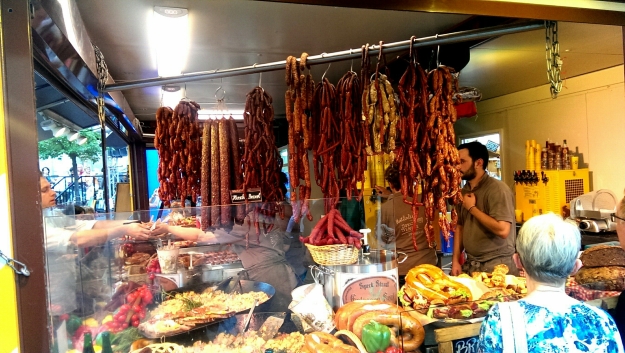
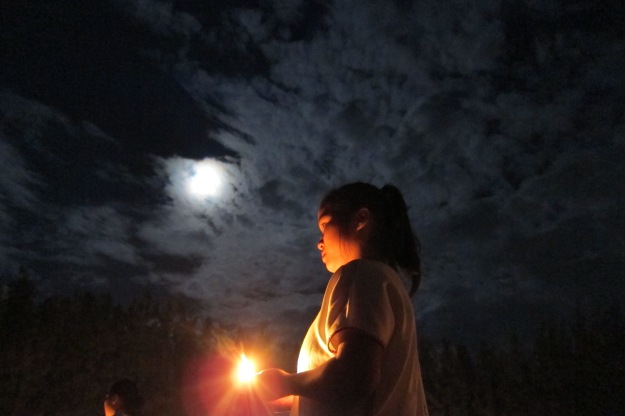
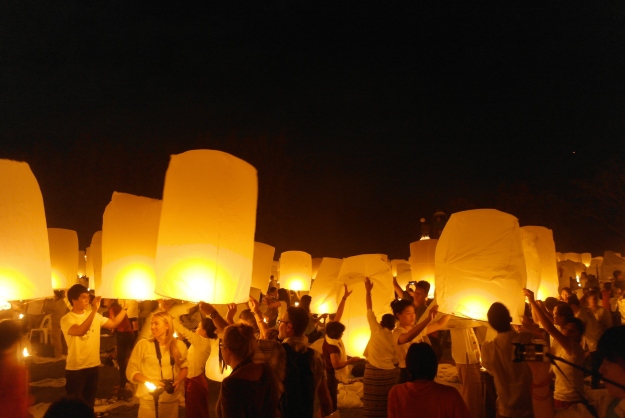
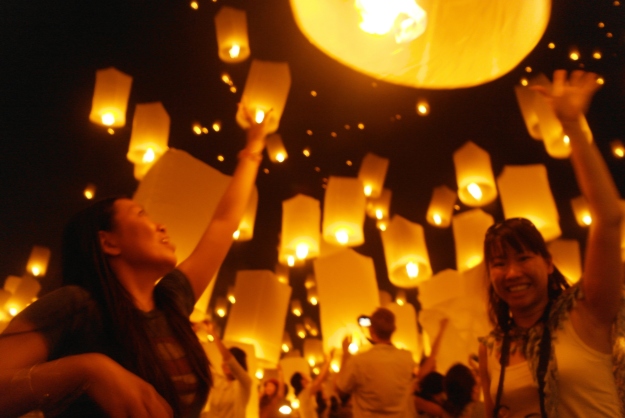
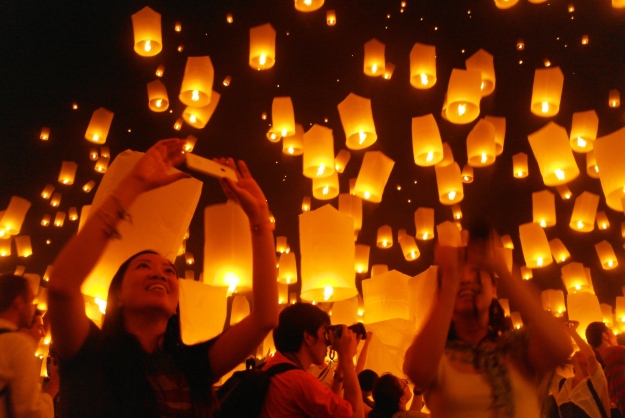
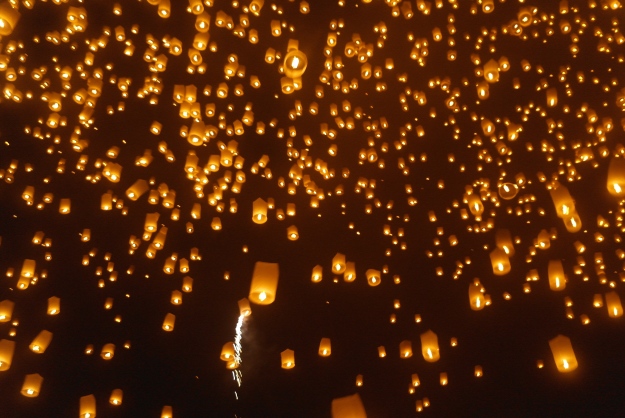
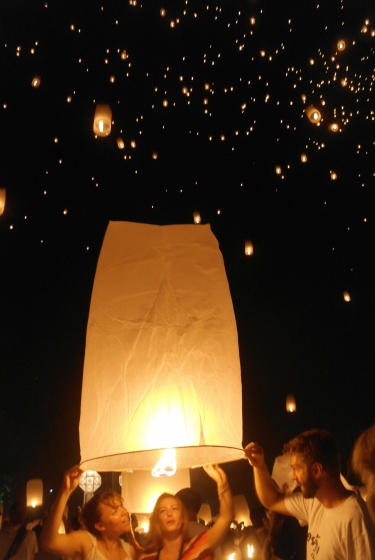
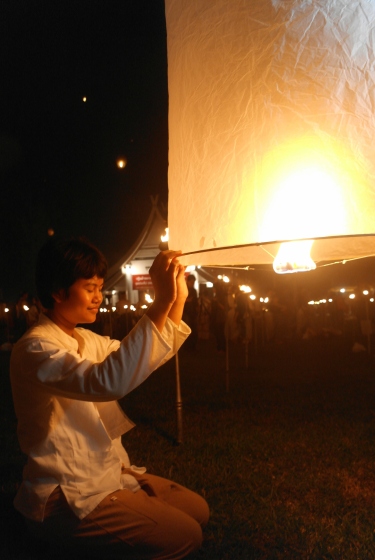
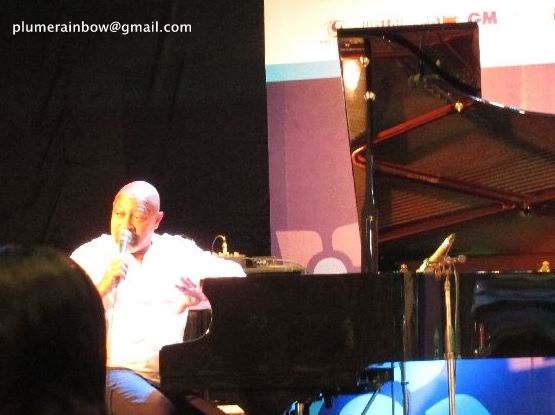

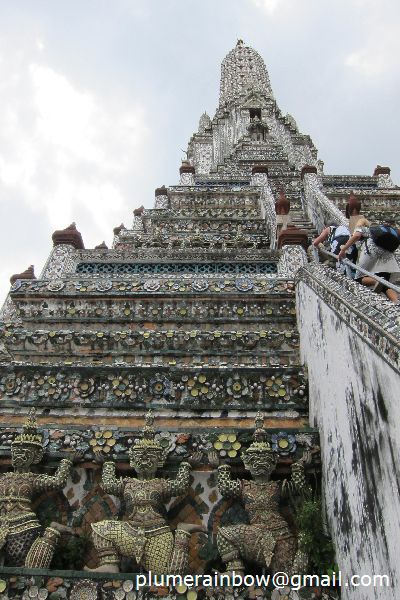
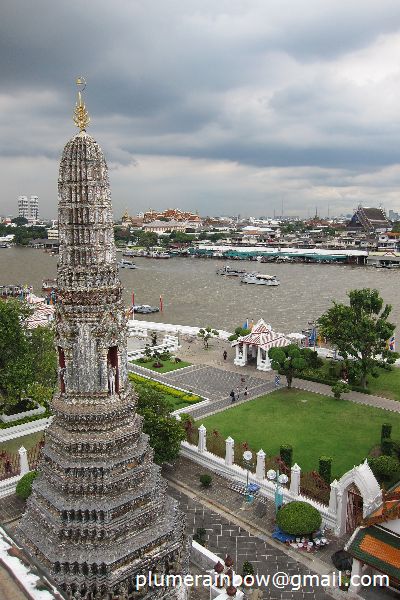 Bangkok’s weather was pretty much like this the whole time I was there over the weekend: overcast, somewhat threatening to rain at very turn of the moment.
Bangkok’s weather was pretty much like this the whole time I was there over the weekend: overcast, somewhat threatening to rain at very turn of the moment.

 I reckon the stilts of the pier must have been visible at some point.
I reckon the stilts of the pier must have been visible at some point.
